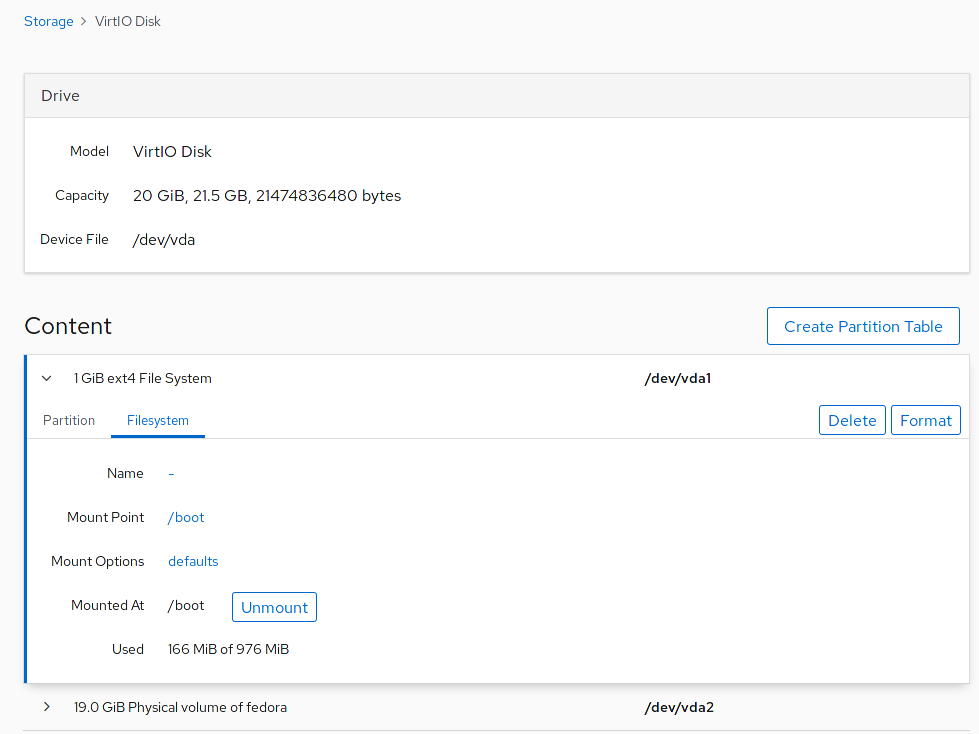Supported Controllers
- Highpoint Scsi & Raid Devices Drivers
- Highpoint Scsi & Raid Devices Driver Download
- Highpoint Scsi & Raid Devices Driver Updater
- RocketRAID 1810 4-channel PCI-X controller
- RocketRAID 1820 8-channel PCI-X controller
SMART Data

The current version of smartmontools does not support the HighPoint SATA RAID controller. Thus SMART data is unavailable.
On the Social page, you can view all of High Point University’s social media feeds, connect to specific majors and schools on Facebook, and get the latest updates about what’s happening on campus. Serial Attached SCSI InterfaceWith two external mini-SAS ports, the HighPoint RocketRAID 4322 supports both 3.0 Gb/s SAS and SATA II devices for enhanced flexibility and speed. RAID Support The HighPoint RocketRAID 4322 supports multi-level RAID configuration including RAID 0, 1, 3, 5, 6, 10, 50 and JBOD for better performance, enhanced data.
Linux Installation
Highpoint Scsi & Raid Devices Drivers
To reinstall the operating system, use the ASL customized Red Hat CD set. Because the Hightpoint SATA driver (hptmv) is not presented in the mainstream kernel source tree, all existing Linux distributions will not detect the controller. However, the ASL customized Red Hat CD set includes an updated ASL kernel that will recognize the card.
For Fedora Core 2/3/4, enter 'linux' to start the installation. Due to the PCI ID conflict between the Marvell SATA controllers and Highpoint RocketRAID controllers, the controller is no longer detected automatically. As a result, the hard drives are not detected either. The installer will then prompt for the driver selection. Select Yes. Then select Add Device. Next scroll through the device list and select HighPoint SATA RAID Adapter (hptmv). After the driver is loaded, select Done.
Important note for Fedora Core 3 & 4
At the end of the installation, do not select Reboot. Instead, perform the following steps.
- Press Ctrl-Alt-F2 to switch to a console
- At the shell prompt, run the following commands:
- Press Alt-F1 to switch back to the main screen
- Select Reboot to end the installation
For Red Hat Enterprise Linux version 3 or CentOS 3.5, use the CentOS-3.5 Drivers CD available in 32-bit or 64-bit edition. Note this CD is only included on systems that are purchased with RHEL3 or CentOS 3.5. At the start of the installation, enter 'linux dd' and perform the same steps as described for RHEL4.
For Red Hat Enterprise Linux version 4 or CentOS 4.X, use the CentOS-4.X Drivers CD available in 32-bit or 64-bit edition. Note this CD is only included on systems that are purchased with RHEL4 or CentOS 4.X. At the start of the installation, enter 'linux dd' and do the following:
- Select Yes for the driver disk.
- Select hdc for the driver source. After ejecting the install CD and insert the driver CD, press OK.
- When the installer prompts for more driver disk, eject the driver CD and reinsert the install CD. Then select No.
- The installer will not see the hard drives connecting to the Highpoint controller at this point. Thus when prompted for driver selection, select Yes.
- Select Add Device
- Scroll through the list and select HighPoint SATA RAID Adapter (hptmv). Then select OK.
- Select Done
Application Note
For RAID administration, the system includes a command line utility (hptraid) and GTK-based application (hptraidconf). User logging is required to access the information. The default user name is RAID and its password is hpt. To ensure security, the password should be changed. Note these tools cannot be run concurrently.
During RAID rebuilding, the controller alarm beeps continuously. To turn it off, run 'cat /proc/scsi/hptmv/0'. When using RAID Management Software under X, select the task 'Refresh' under the Management menu. That will also turn off the alarm.
After defining the hotspare(s) in RAID Management Software, the tool will prompt for a system reboot. It is not necessary to reboot the system at that point. The newly created hotspare is fully functional, even if the system has not been rebooted.
To rebuild array manually under RAID Management Software, select the degraded array, click on Add Disk button, and select the available drive from the list. The rebuild process will begin afterward.
If the operating system is reinstalled, the RAID Management Software has to be reinstalled manually. The two binary packages, hptcli and hptgui, are provided in the ASL Driver CD.
Red Hat Linux/CentOS (32-bit and 64-bit)
- hptcli-1.0-1.i386.rpm
- hptgui-3.06-1.i386.rpm
Highpoint Scsi & Raid Devices Driver Download
SuSE Linux (32-bit and 64-bit)
Highpoint Scsi & Raid Devices Driver Updater
- hptcli-suse-1.0-1.i586.rpm
- hptgui-3.06-1.i386.rpm